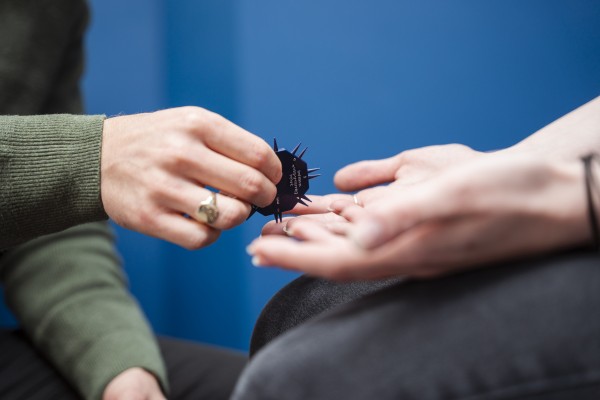Do Your ACTUALLY Have Carpal Tunnel?
Posted Jan 23, 2023 at 07:14
Posted Jan 23, 2023 at 07:14

One thing I hear on a weekly basis in the clinic is someone complaining of ‘carpal tunnel’ like symptoms, or a previous history of carpal tunnel. On examination, I find that the symptoms experienced don’t actually match up with the true symptoms of carpal tunnel. Carpal tunnel seems to have become an umbrella term for wrist pain with functional changes in the hand.
Carpal tunnel is caused by compression of the median nerve as it passes through the carpal tunnel in the wrist. The carpal tunnel is a small gap between the carpal bones of the wrist, and the flexor retinaculum that closes it off. The median nerve runs through it, as well as some of the tendons that control movement of the fingers.
The median nerve controls the function of the wrist flexor muscles, as well as the muscles involved in turning the palm down towards the floor, and a lot of the movements of the thumb. It also provides sensory information from the palm of the hand (thumb, index finger, middle finger, and half of ring finger) to the brain.
In true carpal tunnel priorities, there will be certain muscles that remain strong, and certain muscles that will become weak. The muscles that may become weak are:
And the muscles that should remain strong are:
There are other clinical tests that can be done too to determine if it's a true carpal tunnel compression, or if it's something else. If you’ve been experiencing wrist pain, or been told you have carpal tunnel and want to find out more about how it can be managed, then get yourself booked in for a consultation, so we can figure out exactly how best to help you!